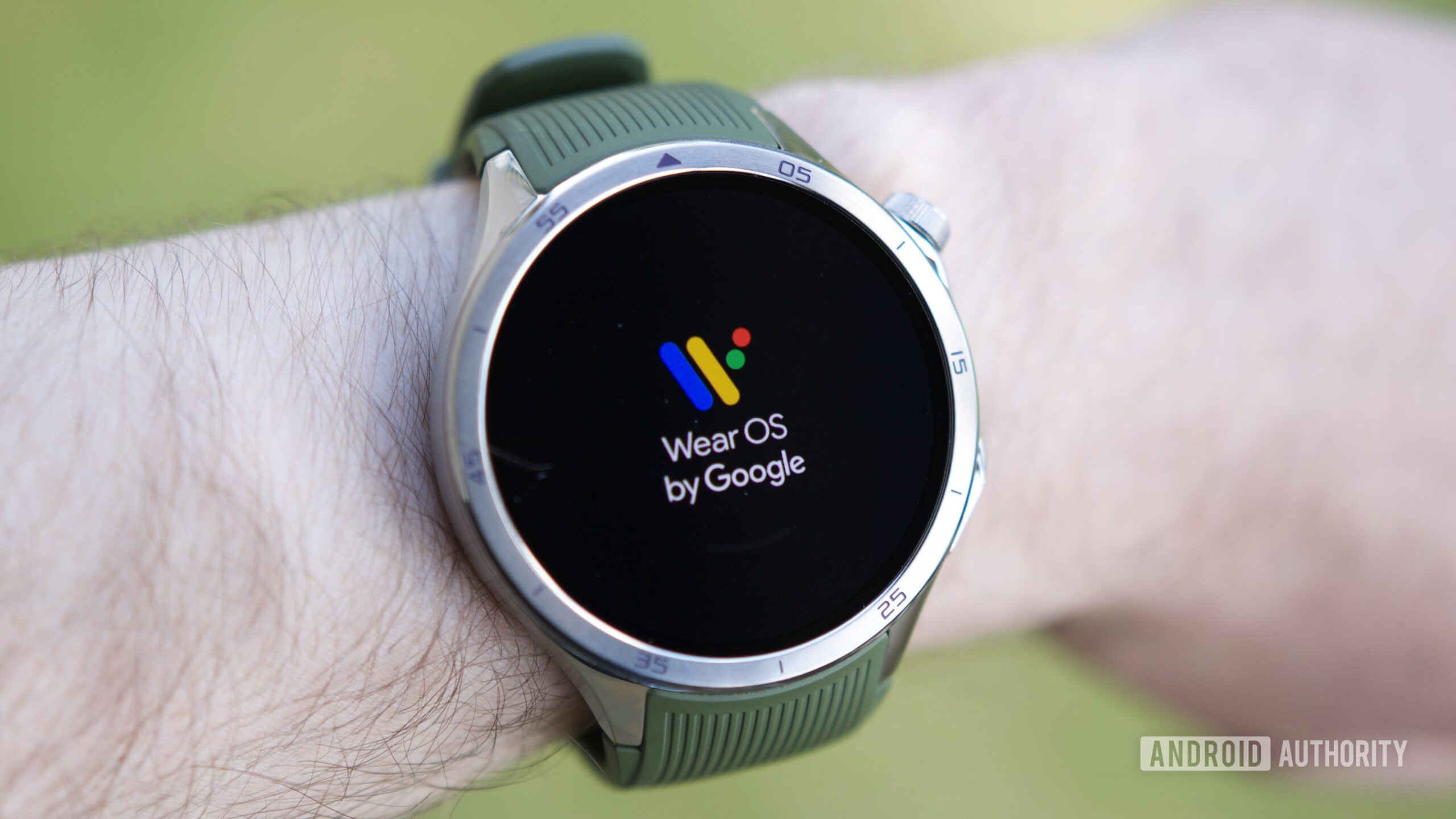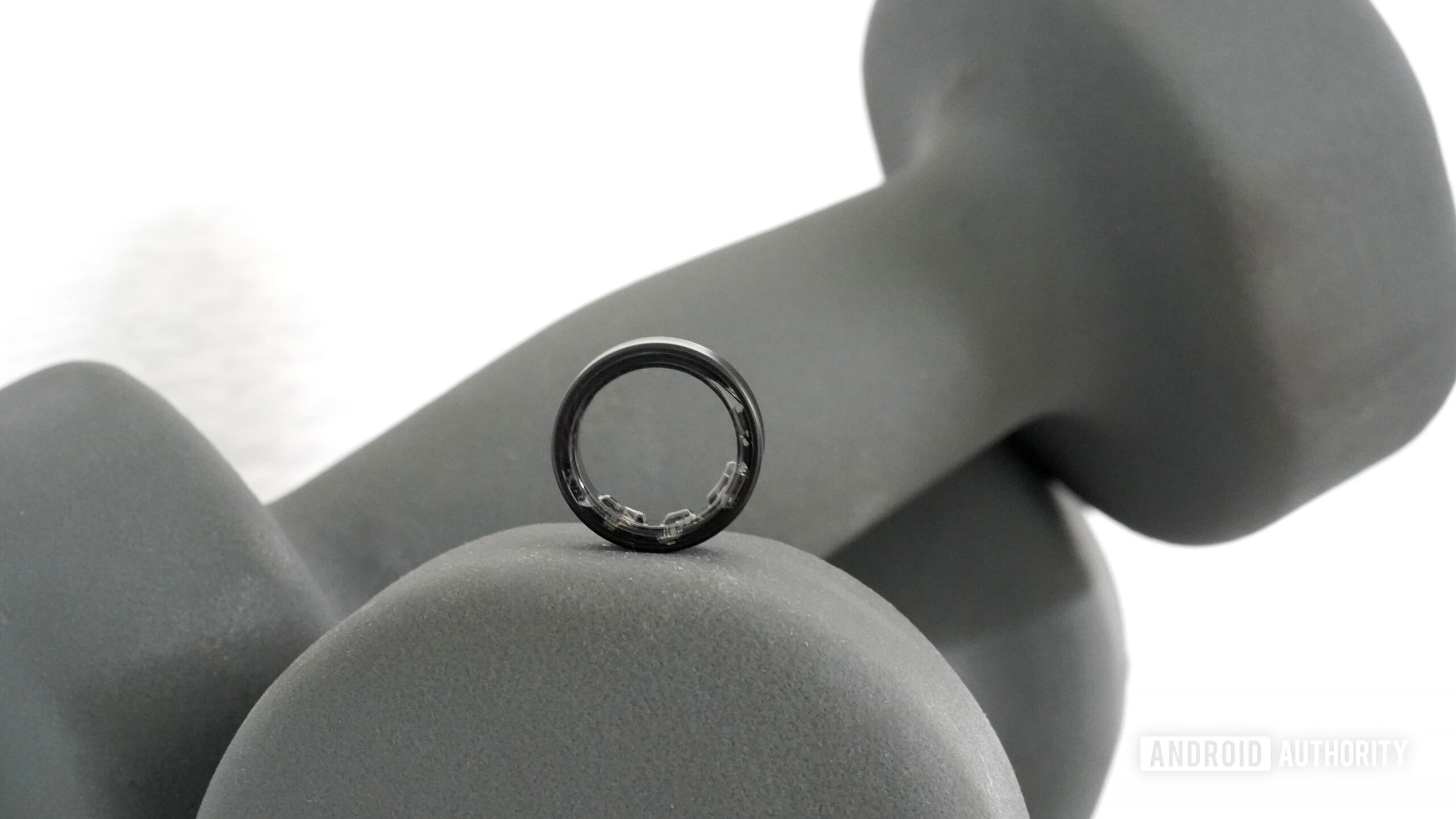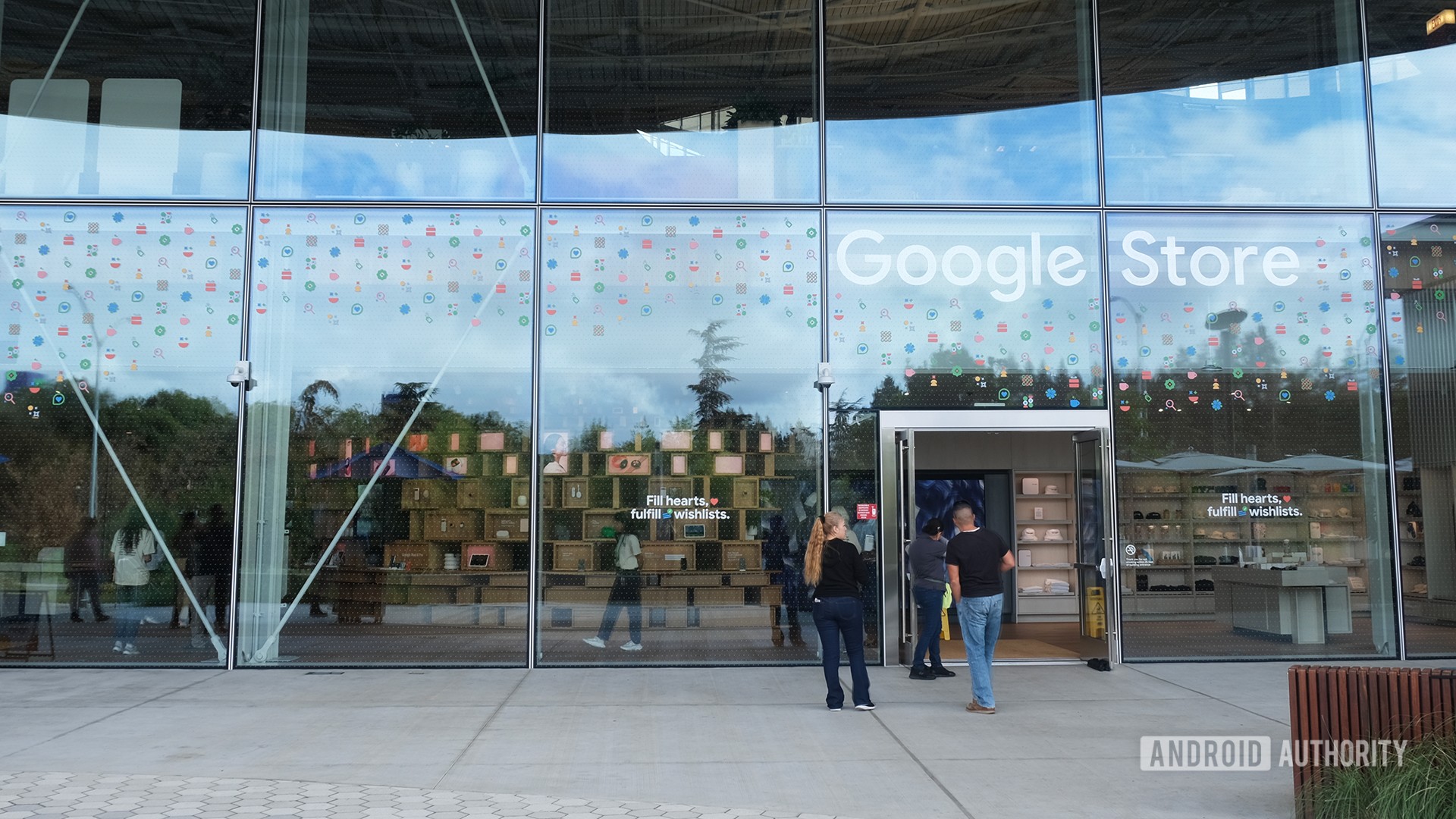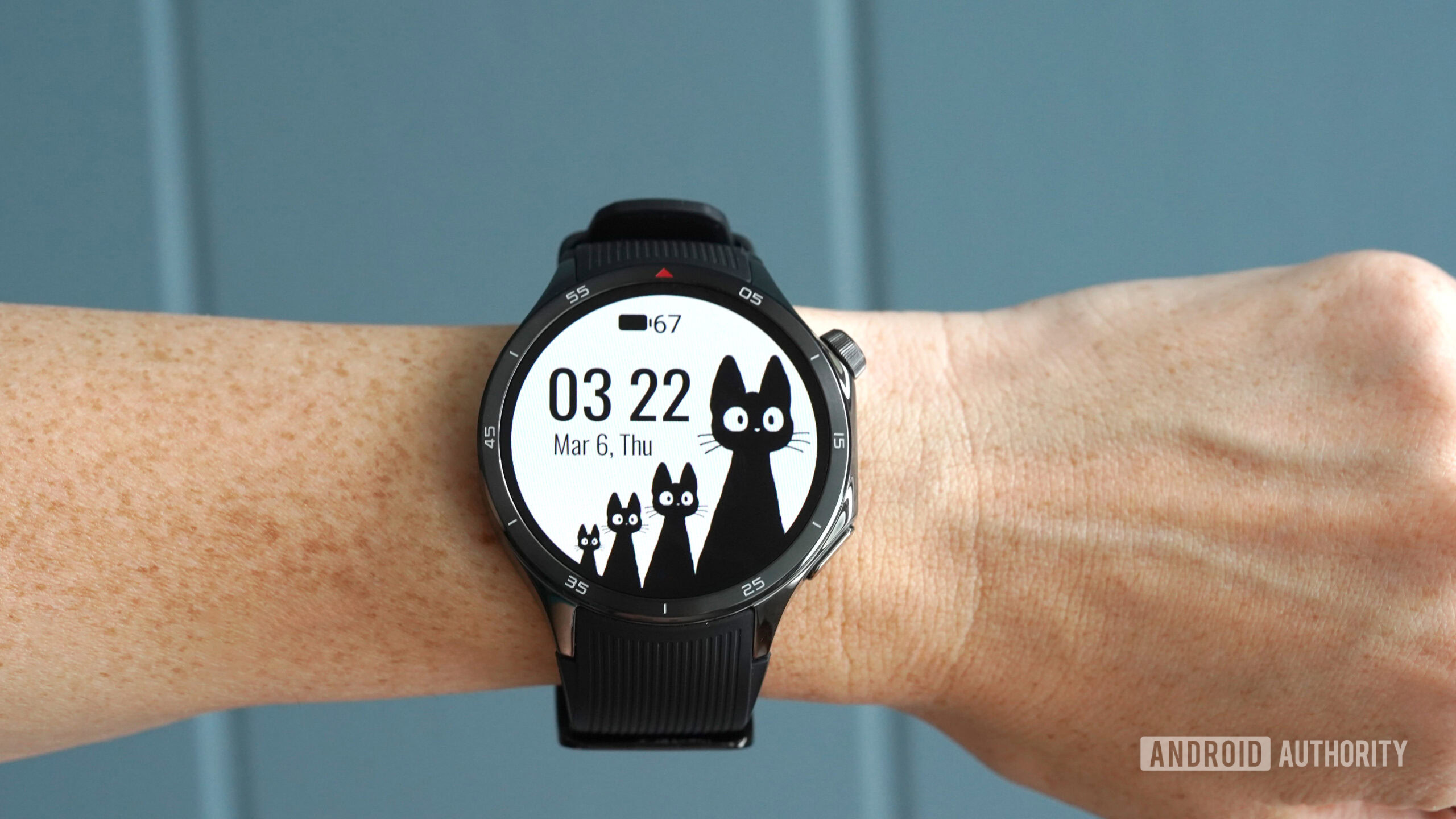Disclosure: The Falcon A1 was provided to me by Creality free of charge for the purpose of this review.I have not received any other compensation.All opinions expressed are my own, and Creality has had no influence on the content of this review.
Unboxing Packaging Quality The Falcon A1 laser was neatly packaged in lots of foam and a thick cardboard box.The laser was filled with even more foam.This filled me with confidence that the laser was going to work and act differently than I was used to for low-cost lasers.
Unboxing, setting up, and running only took about 30 minutes (and that includes spending 10 minutes installing Lightburn, which isn’t needed). You can and should run the laser with Falcon Design Space.Assembly/Build Quality The Falcon A1 features a familiar fashion with CoreXY kinematics and a solid aluminum frame that has this bright orange acrylic, which helps shield your eyes from the laser inside.I am happy to see that, at this price point, a laser cutter is available that doesn’t need to be assembled and has proper safety systems integrated.
First Print and Impressions Your first print is a calibration pattern that calibrates the built-in camera for aligning your future prints/cuts.Beyond that, my first print was cutting super deep on the included basswood panel.My First Print on the Falcon A1 Hardware and Specs The Falcon A1 is definitely an entry-level laser, featuring only 10 watts of laser power and a work area of 381×305 mm (capable of cutting up to 3mm of acrylic and soft woods).
Thanks to the CoreXY kinematics, the A1 can engrave at speeds of up to 600mm/s.This is definitely faster than most of the competition.With that being said, the 10-watt laser power will limit you to not really ever reaching that speed.
Software and UI The Falcon A1 uses proprietary software called Falcon Design Space, though it is totally compatible with Lightburn.I am actually quite happy with how Falcon Design Space has been working.It’s very easy to understand and comes connected to a library similar to Thingiverse and Printables, but specifically for laser-cut projects.
Test Prints and Performance Print Examples Original Basswood Engraving Yellow Acrylic Pattern Test First Walnut Test Second Walnut Test More Walnut Testing Walnut Picture (closest to success) Laser Pausing Issue Laser Pausing Issue Laser Power Loss Acrylic Cut Quality Debris From Acrylic Cutting Red Acrylic Cuts Actual Print Speed While it’s marketed to reach up to 600mm/s, the Falcon A1 only travels at this speed.The low 10-watt power cannot realistically engrave anything at this speed.To do anything at this speed, you’d have to re-engrave with multiple passes of the laser, which will take significantly longer than if you went with a slower engraving to begin with.
Actual Material Capabilities Here’s where things went down hill with the A1.I wasn’t able to get it to work on the Creality-provided Walnut boards.I used the default settings for a while, but ventured into changing power, speed, and even setting multiple passes.
Much to my dismay, the A1 couldn’t get the walnut image engraved.I moved to acrylic, and it engraved perfectly on the first try.I then went to cut out the acrylic and noticed quite a lot of debris on the edges.
With one powerful pass or multiple weaker passes, the laser was leaving an almost incomplete cut in the acrylic.Speed The biggest issue I experienced was the speed.Small 5×7 in engravings (the yellow hexagonal piece) took over 90 minutes to engrave and cut out.
This is clearly an entry-level laser with no real use for anything other than learning.Although it was slow, I can say it’d be a great learning platform, but not ideal for use in even a small Etsy business.Noise Level While running, the air compressor is automatically turned on.
With this, I recorded a peak of 80 dB and an average of 75 dB.And this will run on for the entire length of your engraving/cut.It’s worth having, at least, in another room.
Reliability and Maintenance This is interesting.At the $499 (regularly $599) price, the Falcon A1 presents a safe learning platform that can teach a lot of fundamentals to a lot of people.Though with my laser, I experienced what I think is an overheating issue where I was cutting and engraving back to back, and it just stopped working.
After leaving it off for a night, I could return to it, and it worked just fine for the acrylic.Until it didn’t again.After two sheets of acrylic cutting, it was done.
Unfortunately, this means I didn’t get to finish a single project with this laser.It’s worth noting that the unit was kept indoors at 72°F with the HEPA filter running at maximum power.To have this long runtime temporary burnout is a major oversight, but I had some, what I now know to be “larger” projects in mind for the A1.
Cost and Value So, who is this for? This would be, in my opinion, suitable for anyone who is unfamiliar with laser engraving or cutting and would like to learn—someone with patience and who doesn’t need to maximize anything.If you just want to engrave a family picture on some basswood on the weekend, this would be for you.The software is intuitive and beginner-friendly, and the laser can work with the much more powerful Lightburn, allowing you to grow.
As long as you’re willing to wait hours to engrave even small cards and not run batch production, this would be an excellent candidate.For anything other than that, I’d say you have a lot of alternatives that are better and specifically focus on getting something with more power.Pros Cheap Fully enclosed Safety door sensors HEPA air filtration Cons Cheap Weak laser power Possible diode overheating Summary The Creality Falcon A1 laser is an entry-level laser cutter with a 10-watt laser and a 381x305mm work area, suitable for beginners but limited in performance.
It features sturdy packaging, a solid aluminum frame with CoreXY kinematics, and safety features like eye-shielding acrylic and door sensors.While it supports intuitive proprietary software (Falcon Design Space) and Lightburn compatibility, its 600mm/s engraving speed is hindered by the low laser power, requiring multiple passes for cuts, which results in slow performance (e.g., 90 minutes for a small 5×7-inch piece).It handles acrylic well but struggles with walnut, produces debris on cuts, and may overheat during extended use, making it unreliable for batch production.
Priced at $499 (regularly $599), it’s a safe and beginner-friendly option for learning laser engraving, but lacks the power and reliability for more demanding tasks, such as small-scale business use.Subscribe to Our Email Newsletter Stay up-to-date on all the latest news from the 3D printing industry and receive information and offers from third party vendors.Print Services Upload your 3D Models and get them printed quickly and efficiently.
Powered by FacFox
Powered by 3D Systems
Powered by Craftcloud
Powered by Endeavor 3D
Powered by Xometry
3DPrinting Business Directory
3DPrinting Business Directory







